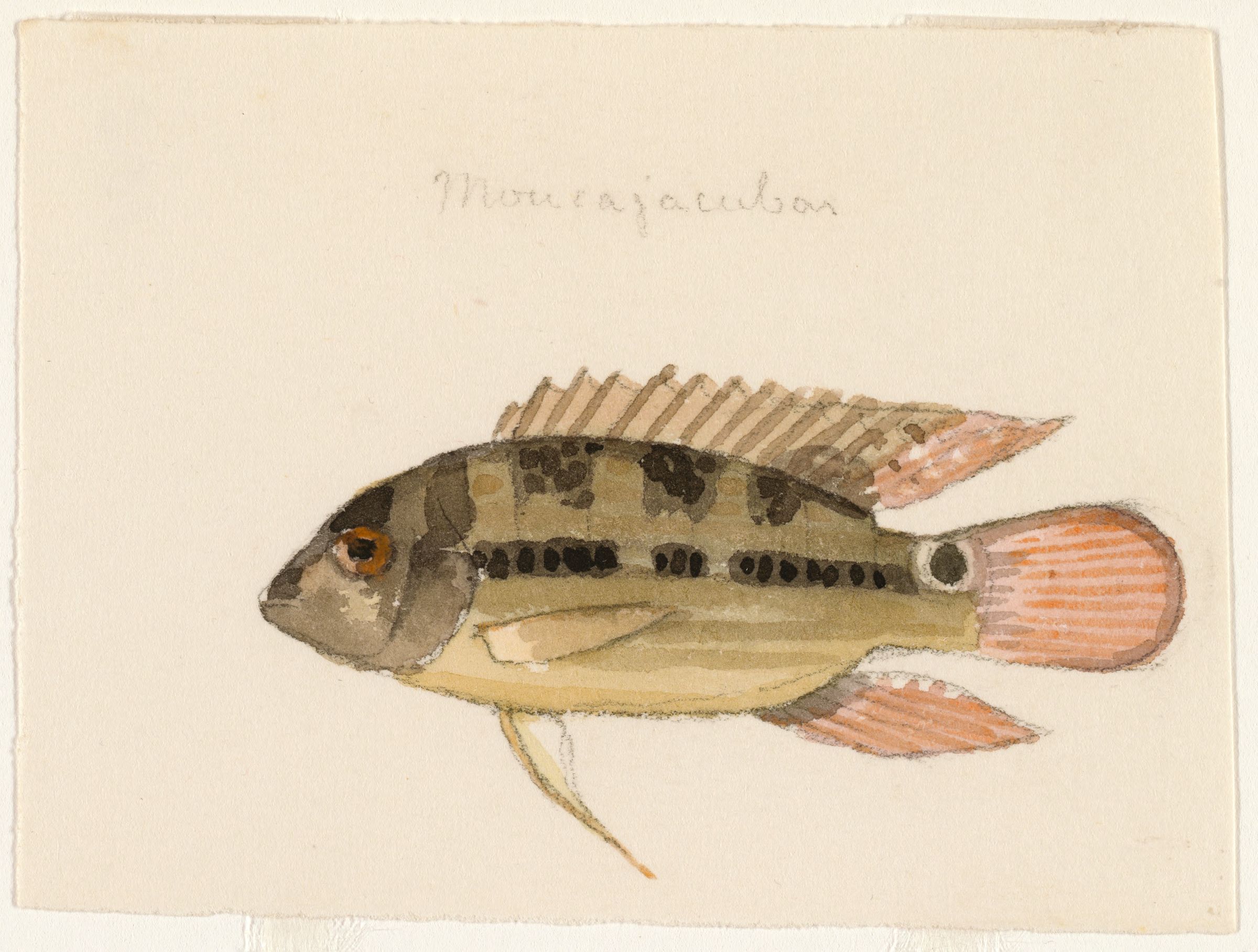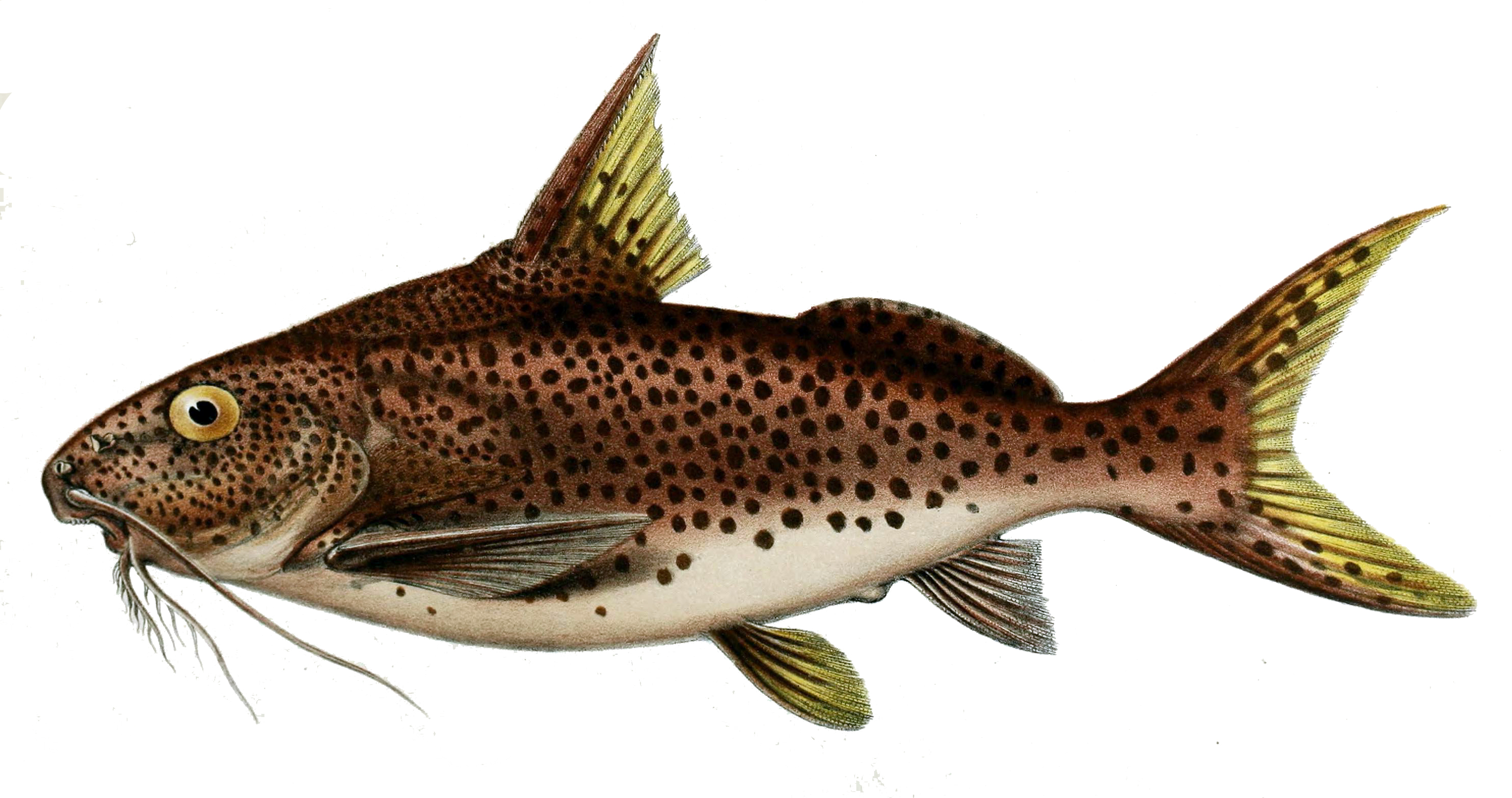|
Mouthbrooder
Mouthbrooding, also known as oral incubation and buccal incubation, is the care given by some groups of animals to their offspring by holding them in the mouth of the parent for extended periods of time. Although mouthbrooding is performed by a variety of different animals, such as the Darwin's frog, fish are by far the most diverse mouthbrooders. Mouthbrooding has evolved independently in several different families of fish. Mouthbrooding behaviour Paternal mouthbrooders are species where the male looks after the eggs. Paternal mouthbrooders include the arowana, various mouthbrooding bettas and gouramies such as '' Betta pugnax'', and sea catfish such as '' Ariopsis felis''. Among cichlids, paternal mouthbrooding is relatively rare, but is found among some of the tilapiines, most notably the black-chin tilapia '' Sarotherodon melanotheron''. In the case of the maternal mouthbrooders, the female takes the eggs. Maternal mouthbrooders are found among both African and South American ... [...More Info...] [...Related Items...] OR: [Wikipedia] [Google] [Baidu] |
Cichlid
Cichlids () are a large, diverse, and widespread family of percomorph fish in the family Cichlidae, order Cichliformes. At least 1,760 species have been scientifically described, making it one of the largest vertebrate families, with only the Cyprinidae being more speciose. New species are discovered annually, and many species remain undescribed. The actual number of species is therefore unknown, with estimates varying between 2,000 and 3,000. They are native to the Neotropics, Africa (including Madagascar), the Middle East, and the Indian subcontinent, although some species have been introduced worldwide. Many cichlids, particularly tilapia, are important food fishes, while others, such as the '' Cichla'' species, are valued game fish. The family also includes many popular freshwater aquarium fish kept by hobbyists, including the angelfish, oscars, and discus. Cichlids have the largest number of endangered species among vertebrate families, most in the haplochrom ... [...More Info...] [...Related Items...] OR: [Wikipedia] [Google] [Baidu] |
Darwin's Frog
Darwin's frog (''Rhinoderma darwinii''), also called the Southern Darwin's frog, is a species of frog of the family Rhinodermatidae. It was discovered by Charles Darwin during his voyage on HMS ''Beagle''. on a trip to Chile. In 1841, French zoologist André Marie Constant Duméril and his assistant Gabriel Bibron described and named Darwin's frog. The diet of ''R. darwinii'' consists mostly of herbivore invertebrates. ''R. darwinii'' is currently classified as an endangered species by the International Union for Conservation of Nature. Darwin's frog has an unusual method of brooding, in which the male will facilitate development of its tadpoles inside its vocal sac. This male brooding may make Darwin's frog unique among extant frog species, as the only other frog that has this behavior is the ''R. rufum'' (northern Darwin's frog), which has been presumed extinct since 1981. Characteristics Size Darwin's frog is a small species with a snout–to–vent length of . The ... [...More Info...] [...Related Items...] OR: [Wikipedia] [Google] [Baidu] |
Ariidae
The Ariidae or ariid catfish are a family (taxonomy), family of catfish that mainly live in Marine (ocean), marine waters with many freshwater and brackish water species. They are found worldwide in tropical to warm temperate zones. The family includes about 143 species. Fossilized pectoral spines and skull bone fragments of ariid catfish are known from the Late Cretaceous (Campanian and Maastrichtian) of Argentina, which are among the oldest known remains of Siluroidea, siluroid catfish. Taxonomy The relationships of this family are not yet clear. Two of the genus, genera, ''Gogo (fish), Gogo'' and ''Ancharius (fish), Ancharius'', have been moved to a separate family called Anchariidae. The Ariidae are divided into three subfamilies: ''Galeichthys'' is the only genus classified in the subfamily Galeichthyinae and similarly ''Bagre (fish), Bagre'' is the only genus in the subfamily Bagreinae, while the rest of the genera are classified in the subfamily Ariinae. Previously, the ... [...More Info...] [...Related Items...] OR: [Wikipedia] [Google] [Baidu] |
Ariopsis Felis
The hardhead catfish (''Ariopsis felis'') is a species of sea catfish from the northwest Atlantic and Gulf of Mexico, and similar to the gafftopsail catfish (''Bagre marinus''). It is one of four species in the genus '' Ariopsis''. The common name, hardhead catfish, is derived from the presence of a hard, bony plate extending rearward toward the dorsal fin from a line between the catfish's eyes.Webster, Pearse. Hardhead Catfish. South Carolina Department of Natural Resources. http://www.dnr.sc.gov/cwcs/pdf/Hardheadcatfish.pdf It is an elongated marine catfish that reaches up to in length and in weight. Their typical weight is less than , but they commonly reach up to . They are often a dirty gray color on top, with white undersides. Habits, distribution, and characteristics Hardhead catfish are found mostly in the near-shore waters of the Western Atlantic Ocean, around the southeast coast of the United States, around the Florida Keys and the coast of the Gulf of Mexico. ... [...More Info...] [...Related Items...] OR: [Wikipedia] [Google] [Baidu] |
Asian Arowana
The Asian arowana (''Scleropages formosus'') comprises several phenotypic varieties of freshwater fish distributed geographically across Southeast Asia. While most consider the different varieties to belong to a single species, work by Pouyaud ''et al.'' (2003) differentiates these varieties into multiple species. They have several other common names, including Asian bonytongue, dragonfish, and a number of names specific to the different color varieties. Native to Southeast Asia, Asian arowanas inhabit blackwater rivers, slow-moving waters flowing through forested swamps and wetlands. Adults feed on other fish, while juveniles feed on insects. These popular aquarium fish have special cultural significance in areas influenced by Chinese culture. The name 'dragonfish' stems from their resemblance to the Chinese dragon. This popularity has had both positive and negative effects on their status as endangered species. Evolution and taxonomy Like all members of the Osteoglossidae, As ... [...More Info...] [...Related Items...] OR: [Wikipedia] [Google] [Baidu] |
Synodontis Multipunctatus
''Synodontis multipunctatus'', also known as the cuckoo catfish, cuckoo squeaker, or multipunk, is a small catfish from Lake Tanganyika, one of the lakes in the Great Rift Valley system in Africa. It is a brood parasite upon mouthbrooding cichlids. This species grows to a length of TL. This species is a minor component of local commercial fisheries. General ''Synodontis multipunctatus'' is one of a number of species of upside-down catfish in Lake Tanganyika, which is more famous for its cichlids. It gathers in large schools at depths of about in the lake. ''S. multipunctatus'' is notable for its breeding behaviour - it is a brood parasite, similar to the cuckoo from which it takes its common name. Lake Tanganyika is home to a number of mouthbrooding cichlids, which care for their eggs and young by carrying them in their mouth. ''S. multipunctatus'' uses these, particularly '' Ctenochromis horei'' and '' Simochromis babaulti'', as unwitting caretakers for their children. The ... [...More Info...] [...Related Items...] OR: [Wikipedia] [Google] [Baidu] |
Brood Parasite
Brood may refer to: Nature * Brood, a collective term for offspring * Brooding, the incubation of bird eggs by their parents * Bee brood, the young of a beehive * Individual broods of North American periodical cicadas: ** Brood X, the largest brood, which emerges on a 17-year cycle ** Brood XIII, a brood centered on Northern Illinois and its surrounding area, which also emerges on a 17-year cycle ** Brood XIX, a large brood in the Southern United States which emerges on a 13-year cycle People with the surname * Herman Brood (1946–2001), Dutch musician, painter, actor, poet and media personality * Philippe Brood (1964–2000), Dutch politician Entertainment * '' The Brood'', a 1979 horror film directed by David Cronenberg * Brood (comics), an alien species from the Marvel Comics universe * The Brood (professional wrestling) The Brood was a List of professional wrestling terms#Stable, stable known for its time in the WWE, World Wrestling Federation (WWF, now WWE) duri ... [...More Info...] [...Related Items...] OR: [Wikipedia] [Google] [Baidu] |
Apogonidae
Cardinalfishes are a family, Apogonidae, of ray-finned fishes found in the Atlantic, Indian, and Pacific Oceans; they are chiefly marine, but some species are found in brackish water and a few (notably '' Glossamia'') are found in fresh water. A handful of species are kept in aquariums and are popular as small, peaceful, and colourful fish. The family includes about 370 species. They are generally small fish, with most species being less than , and are often brightly coloured. They are distinguished by their large mouths, and the division of the dorsal fin into two separate fins. Most species live in tropical or subtropical waters, where they inhabit coral reefs and lagoons. They are nocturnal, spending the day in dark crevices within the reef. At least some species brood their eggs inside the mouths of the males. Males do not feed during this incubation period. Males incubate the eggs in their mouth due to having longer heads and a larger jaw, which females do not acquire. ... [...More Info...] [...Related Items...] OR: [Wikipedia] [Google] [Baidu] |
Cyphotilapia Frontosa Mouthbrooding
''Cyphotilapia'' is a small genus of African cichlids endemic to Lake Tanganyika, with ''C. frontosa'' being roughly confined to the northern half of the lake and ''C. gibberosa'' roughly to the southern half.Takahashi, T. and K. Nakaya (2003). New species of Cyphotilapia (Perciformes: Cichlidae) from Lake Tanganyika, Africa. Copeia 2003(4): 824-832. They have a distinctly banded pattern, bulbous foreheads when mature and can reach up to in length. These are a mouth-brooding cichlid with a rather small batch of fry each spawn. The mother will hold the fry in her mouth for about 3–4 weeks before finally releasing about 30-70 fry. These are slow-growing fish, which take up to 6 years to reach sexual maturity. They can live for up to 25 years. Species There are currently two recognized species A species () is often defined as the largest group of organisms in which any two individuals of the appropriate sexes or mating types can produce fertile offspring, typically by sexua ... [...More Info...] [...Related Items...] OR: [Wikipedia] [Google] [Baidu] |
Bagridae
The Bagridae are a family of catfish that are native to Africa ('' Bagrus'') and Asia (all other genera) from Japan to Borneo. It includes about 245 species. These fish are commonly known as naked catfishes or bagrid catfishes. Many large bagrids are important as a source of food. Some species are also kept as aquarium fishes. Physical characteristics The dorsal fin is preceded by a spine. The adipose fin is present and can have a relatively long base in some species. The pectoral fin spine can be serrated. The body is completely naked (they have no scales). The maximum length is about . Fishes of the family Bagridae have four pairs of well-developed barbels covered by a layer of taste bud-enriched epithelium Epithelium or epithelial tissue is a thin, continuous, protective layer of cells with little extracellular matrix. An example is the epidermis, the outermost layer of the skin. Epithelial ( mesothelial) tissues line the outer surfaces of man .... Taxonomy The taxon ... [...More Info...] [...Related Items...] OR: [Wikipedia] [Google] [Baidu] |






